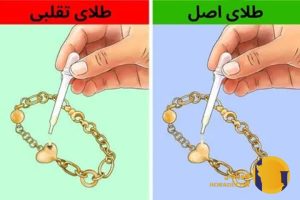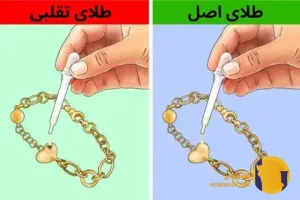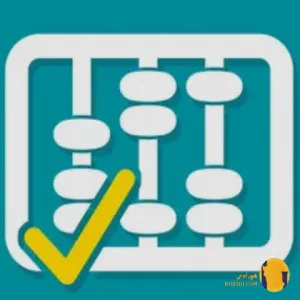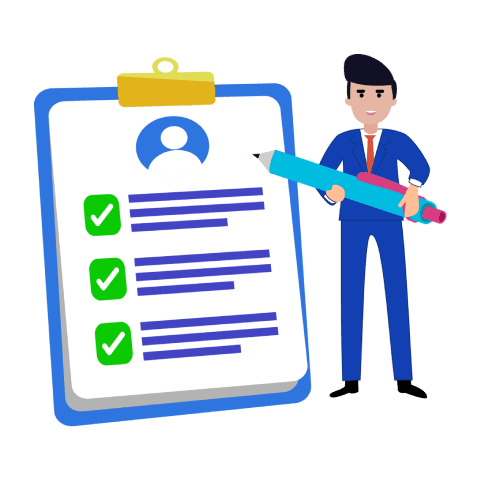
Student Loan Forgiveness Updates 2025
Student loan forgiveness in the United States continues to be one of the most debated and closely watched policy topics in 2025. With millions of Americans carrying substantial education debt, any update from the government or courts can directly impact financial futures. This year, changes in legislation, new repayment plans, and potential forgiveness expansions have made the landscape both promising and complex for borrowers.Student Loan Forgiveness Updates 2025
The Current State of Student Loan Forgiveness in 2025
In 2025, the federal student loan system has undergone significant shifts. Following several years of pauses, restarts, and new rules, the Biden administration — alongside state-level initiatives — is pursuing multiple avenues to provide debt relief. Although large-scale blanket forgiveness has faced legal challenges, targeted programs are gaining traction.
Key developments include
- Expanded income-driven repayment (IDR) options under the SAVE Plan, which caps monthly payments at a smaller percentage of discretionary income.
- Forgiveness for specific groups, such as public service workers, teachers, and borrowers defrauded by for-profit colleges.
- Streamlined application processes to ensure more borrowers receive benefits without bureaucratic delays.
Public Service Loan Forgiveness (PSLF) Improvements
The PSLF program remains a cornerstone of federal loan forgiveness. In 2025, additional reforms have made it easier for public sector employees — including teachers, nurses, firefighters, and government workers — to qualify after 120 qualifying payments.
Key updates
- Past periods of forbearance or deferment can now count toward the 120-payment requirement under certain conditions.
- Improved tracking tools in the Federal Student Aid portal help borrowers verify their progress.
- A broader definition of qualifying employment ensures more nonprofit and government workers are eligible.
The SAVE Plan Transforming Repayment
The Saving on a Valuable Education (SAVE) Plan has emerged as a central feature of repayment in 2025. This plan significantly lowers monthly obligations and accelerates forgiveness for smaller loan balances.
Under SAVE
- Borrowers with original balances of $12,000 or less can have their loans forgiven after 10 years of payments, instead of 20 or 25.
- Payments are capped at 5% of discretionary income for undergraduate loans, down from the previous 10%.
- Interest that isn’t covered by payments no longer accrues, preventing balances from ballooning over time.
State-Level Forgiveness Initiatives
Some states have launched their own loan forgiveness programs, targeting graduates who live and work in high-need areas or critical industries. For example
- California offers partial forgiveness to healthcare workers in underserved communities.
- New York has expanded its loan repayment assistance for attorneys providing public defense.
- Minnesota offers incentives for teachers in shortage areas to stay in-state.
These programs often stack with federal benefits, allowing borrowers to combine relief efforts.
Legal Challenges and Political Debates
Despite progress, student loan forgiveness remains politically divisive. Conservative lawmakers continue to challenge the administration’s authority to cancel debt without Congressional approval. Meanwhile, advocates are pushing for broader cancellation, arguing that the student debt crisis suppresses economic mobility and disproportionately affects marginalized communities.
In 2025, several court cases are underway that could determine the scope of executive power in forgiving student loans. Until final rulings are made, many large-scale plans remain in limbo.
What Borrowers Should Do Right Now
With rules changing frequently, staying proactive is essential
- Check your eligibility for PSLF, IDR forgiveness, or state programs.
- Update your income information annually to ensure accurate payment calculations.
- Use the Federal Student Aid portal to monitor your loan status and track forgiveness progress.
- Stay informed through official announcements, as new relief measures could be introduced mid-year.
Looking Ahead
The remainder of 2025 is expected to bring further developments. Negotiations are ongoing to expand SAVE benefits, provide relief for older borrowers with decades-old loans, and improve transparency in loan servicing. While a sweeping one-time cancellation still faces legal hurdles, the combination of targeted forgiveness, reduced payments, and state incentives is steadily reshaping the student loan landscape.
For borrowers, the message is clear opportunities for relief are growing, but action and awareness are critical to ensuring you benefit from them.









































